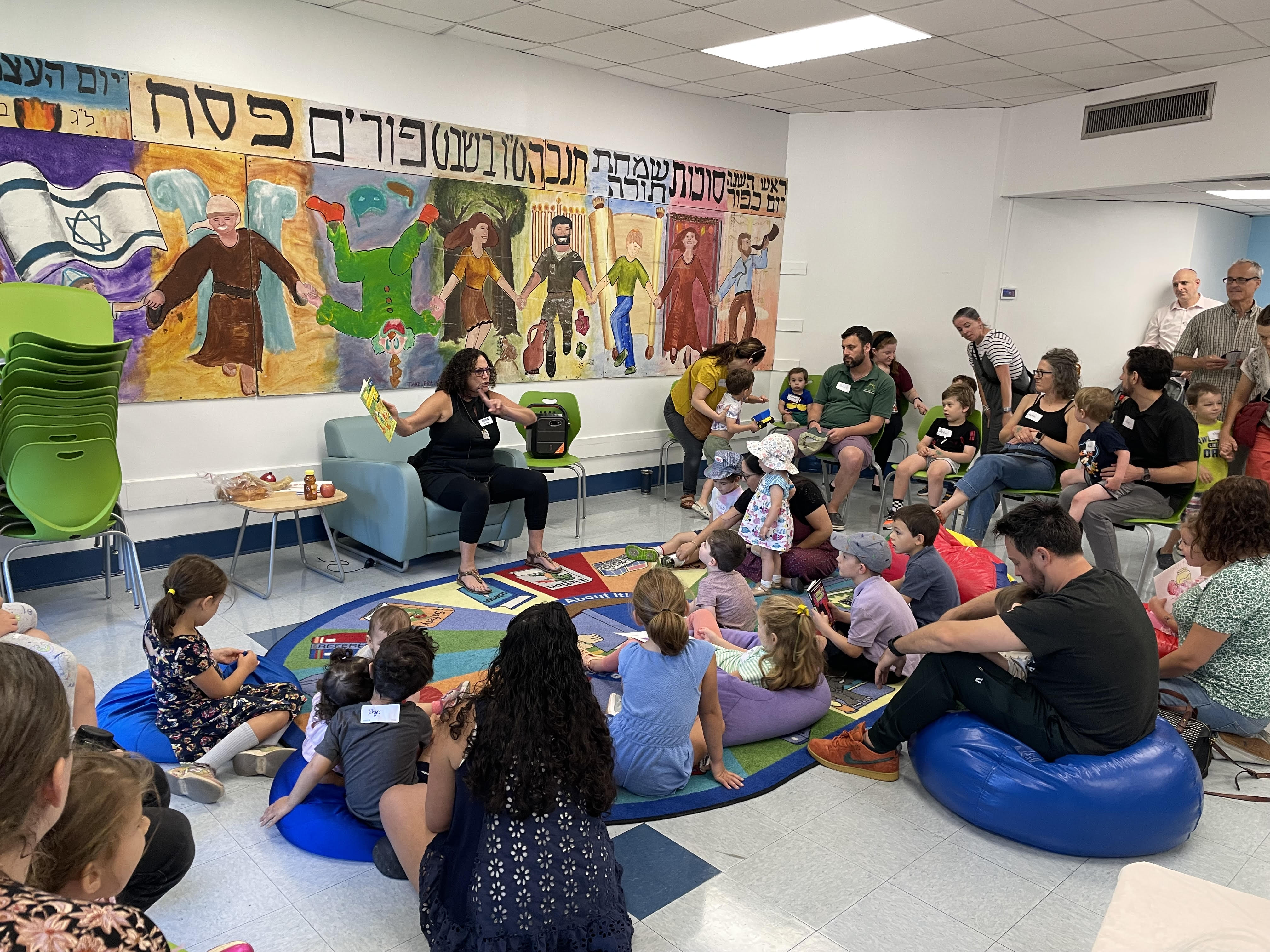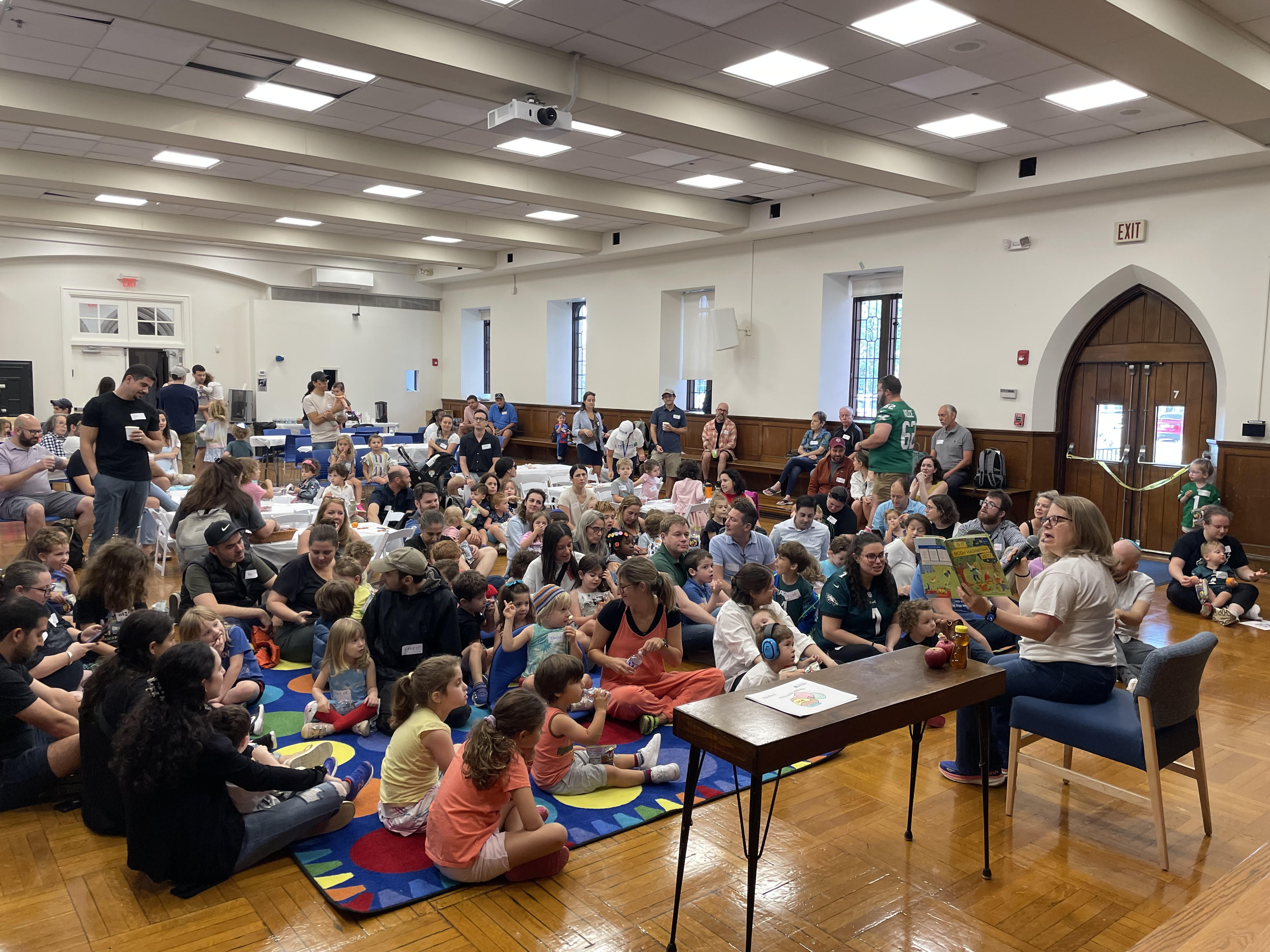What are OKRs?
OKRs are a goal management framework that can help an organization implement and execute their strategy. It enables a team (and individuals) to set clear and measurable outcome-driven goals that encourage collaboration. As the name implies, OKRs are composed of “objectives” and “key results,” which are tied together by “initiatives.”
Objectives are clearly defined goals that will have a major impact. They should be challenging but attainable and align with an organization’s strategic vision.
Key results are how an objective’s progress is measured or monitored on the path to achieving the goal, which is powered by initiatives, all the projects and tasks that will help you achieve your key results.
Using the OKR framework ensures a greater focus on results that matter, increased transparency and better, more strategic alignment. Setting goals this way also allows an organization to measure what’s working and what’s not.
Engaging Board Members in Goal-Setting
In order to create OKRs with that kind of larger strategic alignment, it was crucial for us to engage with the stakeholders whose focus is on the big picture: our board of directors and, more specifically, our enrollment committee. Most of these dedicated volunteers are board members, while others are current parents with particular insights into our enrollment efforts. All of them bring diverse experiences, perspectives and expertise from the business world, the field of psychology and the nonprofit sector, making this collaborative process interesting and dynamic.
After drafting our OKRs, we review them with our committee co-chairs, which is an invaluable exercise to ensure we remain in sync and on the right track. We come prepared with both recruitment ideas and comprehensive enrollment data, and our co-chairs help to keep us thinking about our goals from a broader context. Once our OKRs are finalized, we are then able to present them to the enrollment committee and to the board of directors as a whole.
A powerful outcome of this process is transparency. The OKRs translate our work into operational elements, allowing the enrollment committee to focus on strategy. The OKRs also provide a framework for our committee meetings so we could report on our progress in a meaningful way and have more productive conversations. It requires a good deal of preparation in advance of each committee meeting, gathering the relevant data and updating our key metrics. Committee meetings are scheduled one week prior to each board meeting in order to be ready with the most relevant updates to help the board make key decisions.











